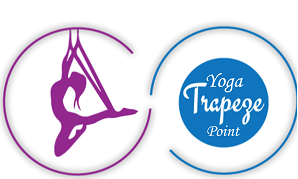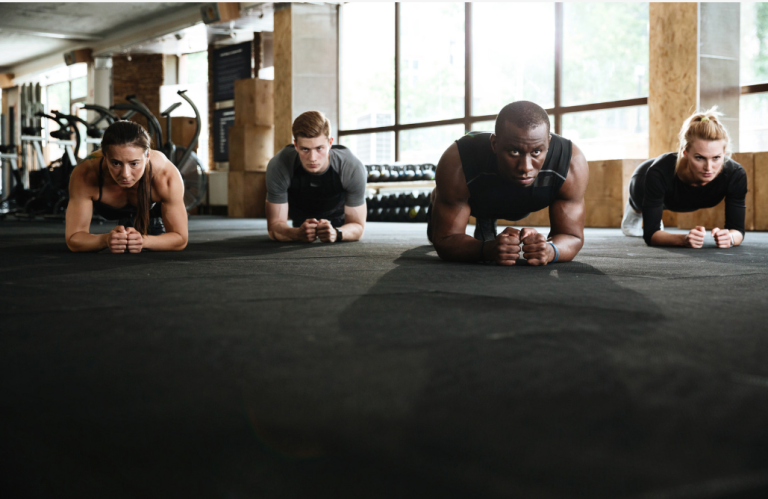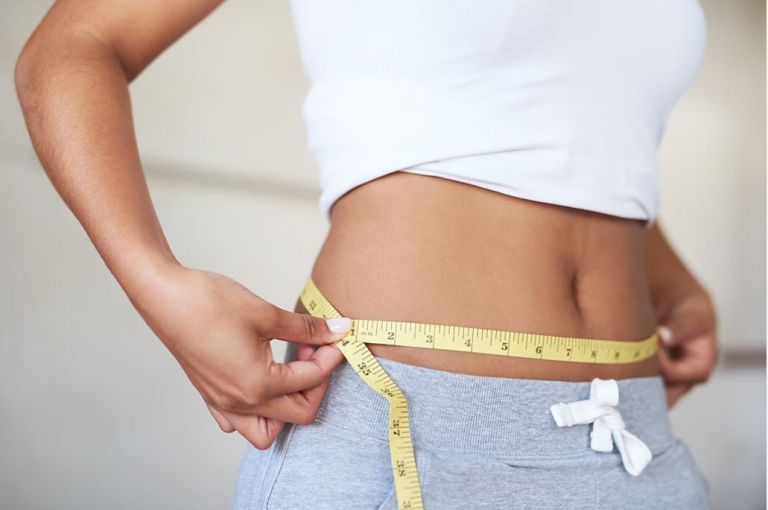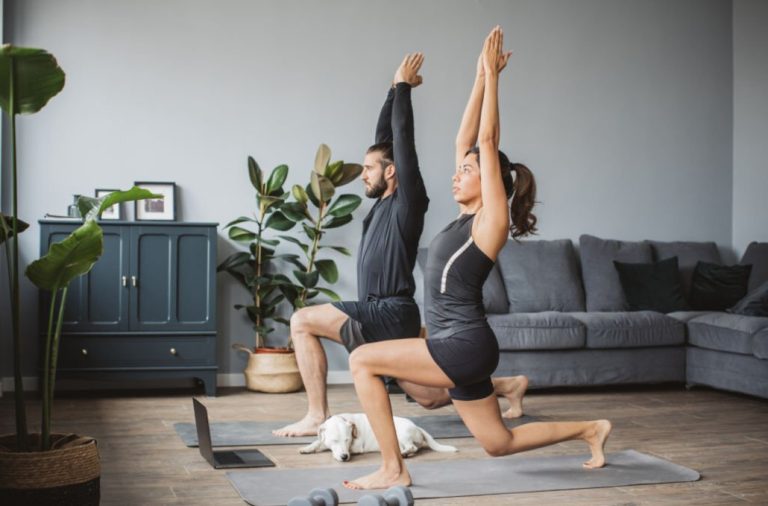Which Yoga Is Best For Stress: Best ways to manage present lifestyle!
Stress has been a constant companion of humanity, from the ancient civilizations of Mesopotamia to the bustling streets of modern cities. The quest for relief has led many to the practice of yoga, a discipline that has stood the test of time. Originating in ancient India, yoga has evolved into a global phenomenon, offering a sanctuary for those seeking peace amidst chaos. This guide delves into the myriad ways yoga can alleviate stress, providing a comprehensive roadmap for beginners and seasoned practitioners alike.
Understanding Stress and Its Impact
What is Stress?
Stress is the body’s natural response to perceived threats or challenges. Historically, this response was crucial for survival, enabling early humans to react swiftly to dangers. The term “stress” was first coined by Hans Selye in the 1930s, who described it as the body’s non-specific response to any demand for change. Today, stress manifests in various forms, from acute stress triggered by immediate threats to chronic stress resulting from prolonged pressures.
How Stress Affects the Body and Mind
The physiological and psychological effects of stress are profound. When faced with stress, the body releases hormones like cortisol and adrenaline, preparing for a “fight or flight” response. While this response is beneficial in short bursts, chronic stress can lead to:
• Physical Symptoms: Headaches, muscle tension, fatigue, and digestive issues.
• Mental Health Issues: Anxiety, depression, and irritability.
• Behavioral Changes: Overeating, substance abuse, and social withdrawal.
Understanding these impacts underscores the importance of effective stress management techniques, such as yoga.
Benefits of Yoga for Stress Relief
Yoga offers a holistic approach to stress relief, addressing both the mind and body. Its benefits include:
• Physical Relaxation: Yoga poses, or asanas, stretch and relax muscles, reducing physical tension.
• Mental Clarity: Meditation and breathwork, integral components of yoga, calm the mind and enhance focus.
• Emotional Balance: Regular practice fosters a sense of inner peace and emotional stability.
Historical texts like the Bhagavad Gita and Patanjali’s Yoga Sutras highlight yoga’s role in achieving mental tranquility and spiritual growth, further validating its efficacy in stress relief.
Types of Yoga for Stress Relief
Hatha Yoga
Hatha Yoga, often considered the foundation of all yoga styles, emphasizes physical postures and breath control. Its gentle and slow-paced nature makes it ideal for beginners and those seeking general stress relief. Key benefits include:
• Improved Flexibility: Regular practice enhances muscle flexibility and joint mobility.
• Enhanced Breathing: Focused breathwork promotes relaxation and reduces anxiety.
• Mind-Body Connection: The synchronization of breath and movement fosters mindfulness.
Restorative Yoga
Restorative Yoga is designed for deep relaxation, using props like bolsters and blankets to support the body in restful poses. This style is particularly beneficial for those experiencing high stress, anxiety, or insomnia. Key benefits include:
• Deep Relaxation: Long-held poses allow the body to release tension and stress.
• Enhanced Recovery: Gentle stretches promote healing and recovery from physical and mental fatigue.
• Mindfulness: The meditative aspect of restorative yoga calms the mind and enhances emotional well-being.
How to Get Started with Yoga for Stress Relief
Finding the Right Class or Instructor
Selecting the appropriate class or instructor is crucial for a positive yoga experience. Consider the following tips:
• Research: Look for certified instructors with experience in stress-relief yoga.
• Trial Classes: Attend trial sessions to gauge the instructor’s teaching style and class atmosphere.
• Personal Preferences: Choose a class that aligns with your comfort level and goals.
Essential Equipment and Attire
While yoga requires minimal equipment, having the right gear can enhance your practice. Essentials include:
• Yoga Mat: Provides cushioning and stability during poses.
• Comfortable Clothing: Opt for breathable, stretchy fabrics that allow free movement.
• Props: Blocks, straps, and bolsters can aid in achieving and maintaining poses.
Tips for Maximizing Stress Relief Through Yoga
Consistency and Routine
Consistency is key to reaping the benefits of yoga. Establishing a regular practice routine can enhance stress relief. Tips for maintaining consistency include:
• Set a Schedule: Dedicate specific times for yoga practice, making it a non-negotiable part of your day.
• Start Small: Begin with short sessions and gradually increase the duration as you become more comfortable.
• Track Progress: Keep a journal to document your practice and reflect on improvements.
Combining Yoga with Other Stress-Relief Techniques
Integrating yoga with other stress-relief methods can amplify its benefits. Consider combining yoga with:
• Meditation: Enhances mindfulness and mental clarity.
• Breathwork: Techniques like pranayama can deepen relaxation.
• Physical Activity: Complement yoga with activities like walking or swimming for overall well-being.
Relevant Data Table For Which Yoga is Best for Stress:
| Yoga Type | Key Benefits | Ideal For |
|---|---|---|
| Hatha Yoga | Gentle, foundational poses | Beginners, general stress relief |
| Restorative Yoga | Deep relaxation, minimal movement | High stress, anxiety, insomnia |
| Vinyasa Yoga | Flowing sequences, physical activity | Active individuals, stress and fitness |
| Yin Yoga | Long-held poses, deep tissue release | Chronic stress, flexibility issues |
| Kundalini Yoga | Breathwork, meditation, and poses | Mental clarity, emotional balance |
FAQs:
What is the best time of day to practice yoga for stress relief?
The optimal time for yoga practice varies based on individual preferences and schedules. However, many practitioners find the following times particularly beneficial:
• Morning: Practicing yoga in the morning can set a positive tone for the day, enhancing mental clarity and energy levels. Morning sessions often include invigorating poses that awaken the body and mind.
• Evening: Evening yoga can help unwind after a long day, promoting relaxation and better sleep. Gentle and restorative poses are ideal for evening practice, helping to release accumulated tension.
Ultimately, the best time is when you can consistently dedicate to your practice without interruptions. Experiment with different times to find what works best for you.
Can beginners benefit from yoga for stress relief?
Absolutely. Yoga is accessible to individuals of all fitness levels and backgrounds. Beginners can benefit immensely from yoga’s stress-relief properties. Key points for beginners include:
• Start Slow: Begin with basic poses and gradually progress to more advanced ones.
• Focus on Breath: Emphasize breath control and mindfulness, which are central to stress relief.
• Seek Guidance: Consider joining beginner-friendly classes or using online resources to learn proper techniques.
Yoga’s inclusive nature ensures that everyone, regardless of experience, can find solace and stress relief through practice.
How often should I practice yoga to see stress relief benefits?
Consistency is crucial for experiencing the stress-relief benefits of yoga. While individual needs vary, a general guideline is:
• Frequency: Aim for at least 3-4 sessions per week. Regular practice helps build a routine and reinforces the mind-body connection.
• Duration: Sessions can range from 20 minutes to an hour. Even short, daily practices can yield significant benefits over time.
• Listen to Your Body: Pay attention to how your body responds and adjust the frequency and duration accordingly.
Regular practice, combined with mindfulness and breathwork, can lead to noticeable improvements in stress levels and overall well-being.
Are there any specific poses that are particularly effective for stress relief?
Certain yoga poses are renowned for their stress-relief properties. These poses promote relaxation, reduce tension, and calm the mind. Key poses include:
• Child’s Pose (Balasana): A gentle resting pose that stretches the back and promotes relaxation.
• Legs-Up-the-Wall Pose (Viparita Karani): Increases circulation and calms the nervous system.
• Corpse Pose (Savasana): A final relaxation pose that allows the body and mind to fully unwind.
Incorporating these poses into your practice can enhance stress relief and provide a sense of tranquility.
Can yoga help with chronic stress and anxiety?
Yes, yoga is highly effective in managing chronic stress and anxiety. Its holistic approach addresses both physical and mental aspects of well-being. Key benefits for chronic stress and anxiety include:
• Mindfulness: Yoga encourages present-moment awareness, reducing rumination and anxiety.
• Breath Control: Techniques like pranayama calm the nervous system and reduce stress hormones.
• Physical Relaxation: Gentle stretches and poses release physical tension and promote relaxation.
Regular practice can lead to long-term improvements in managing chronic stress and anxiety, enhancing overall quality of life.
Conclusion:
Yoga offers a holistic approach to managing stress, combining physical postures, breathwork, and meditation to promote relaxation and mental clarity. By understanding the different types of yoga and their specific benefits, you can choose the practice that best suits your needs and lifestyle. Consistency and a mindful approach to your practice can significantly enhance your overall well-being and stress management.
For more information on yoga for stress relief, visit KidsHealth and Peloton.
Posts References:
Yoga for Stress Relief (for Teens) | Nemours KidsHealth
The Science Behind Yoga For Stress Relief – Peloton



